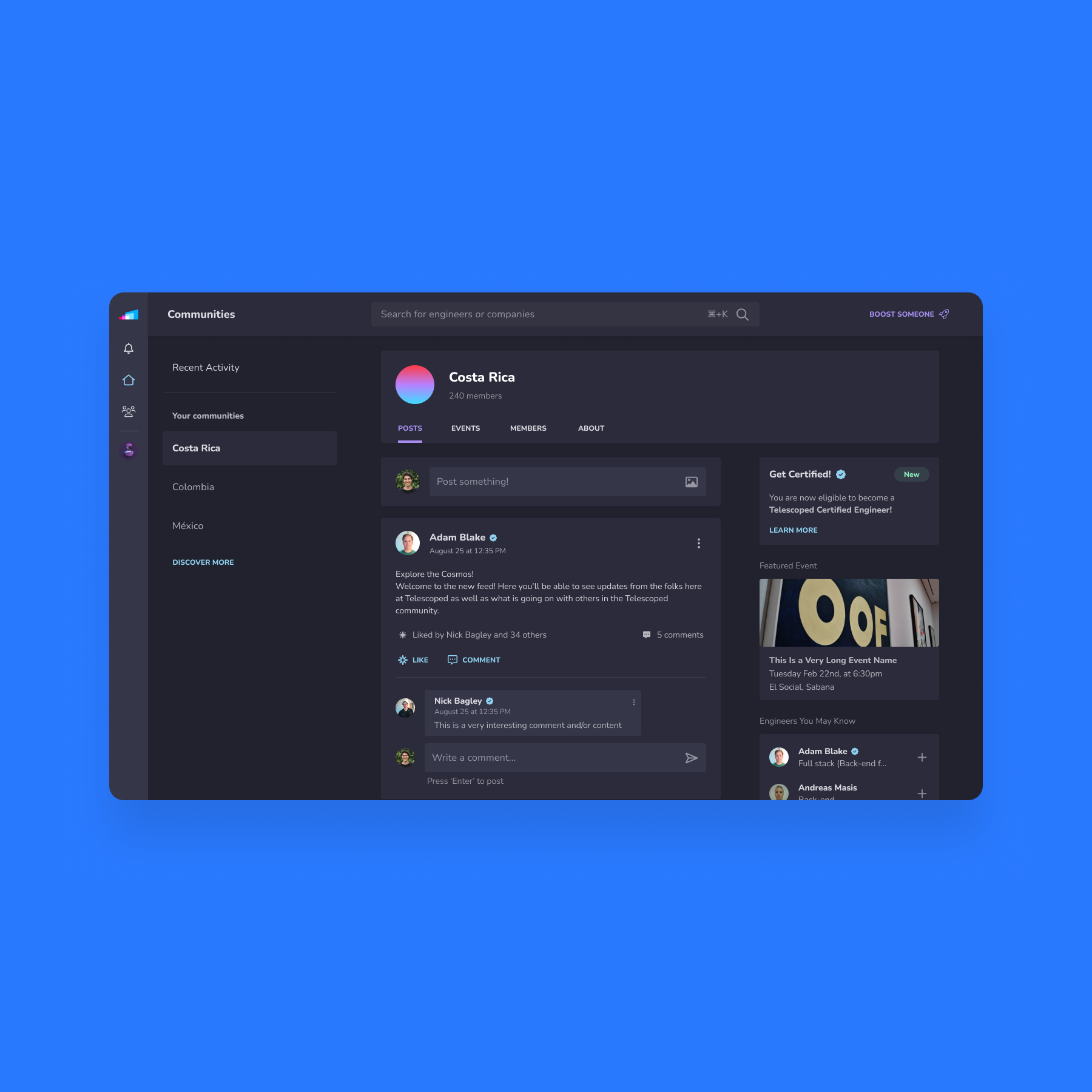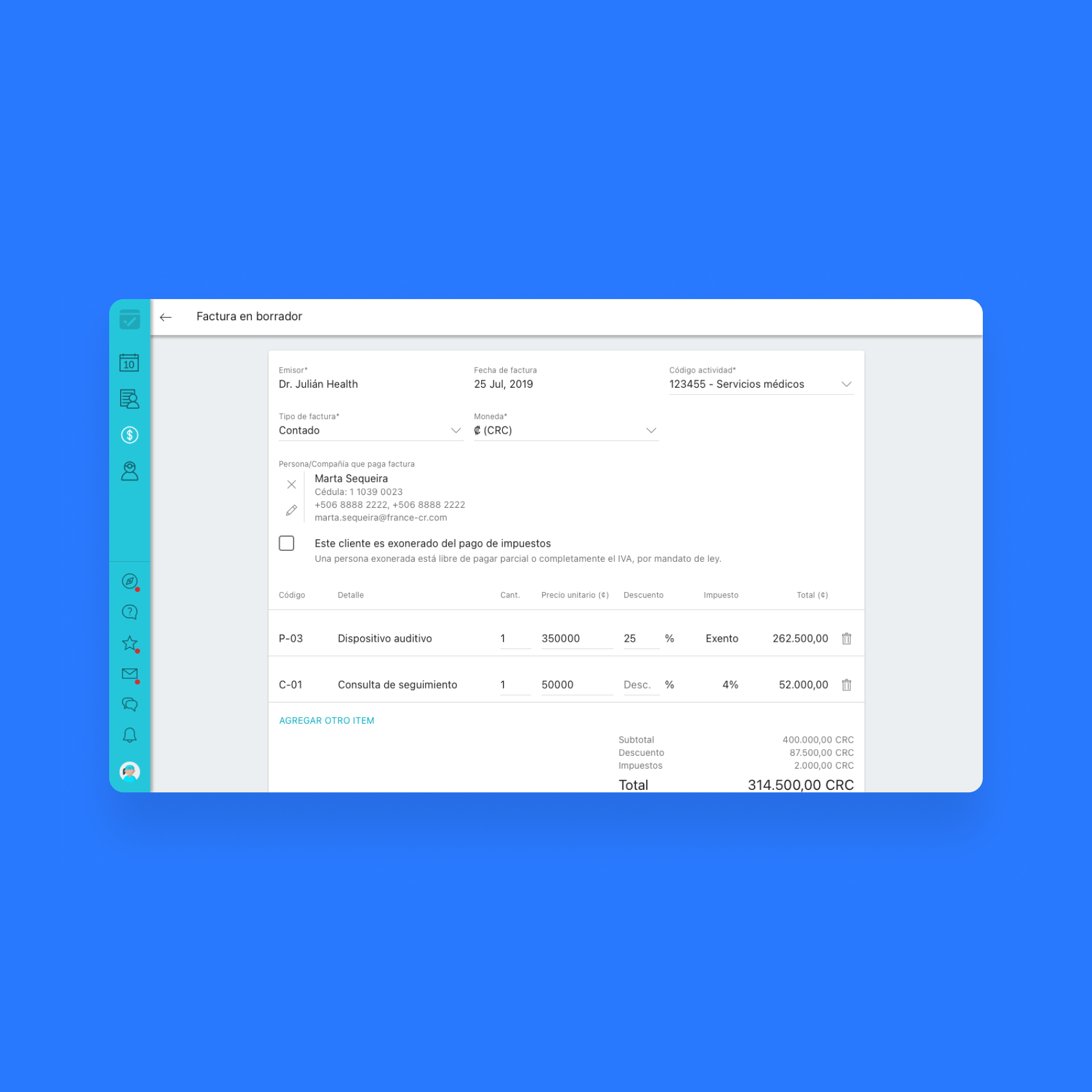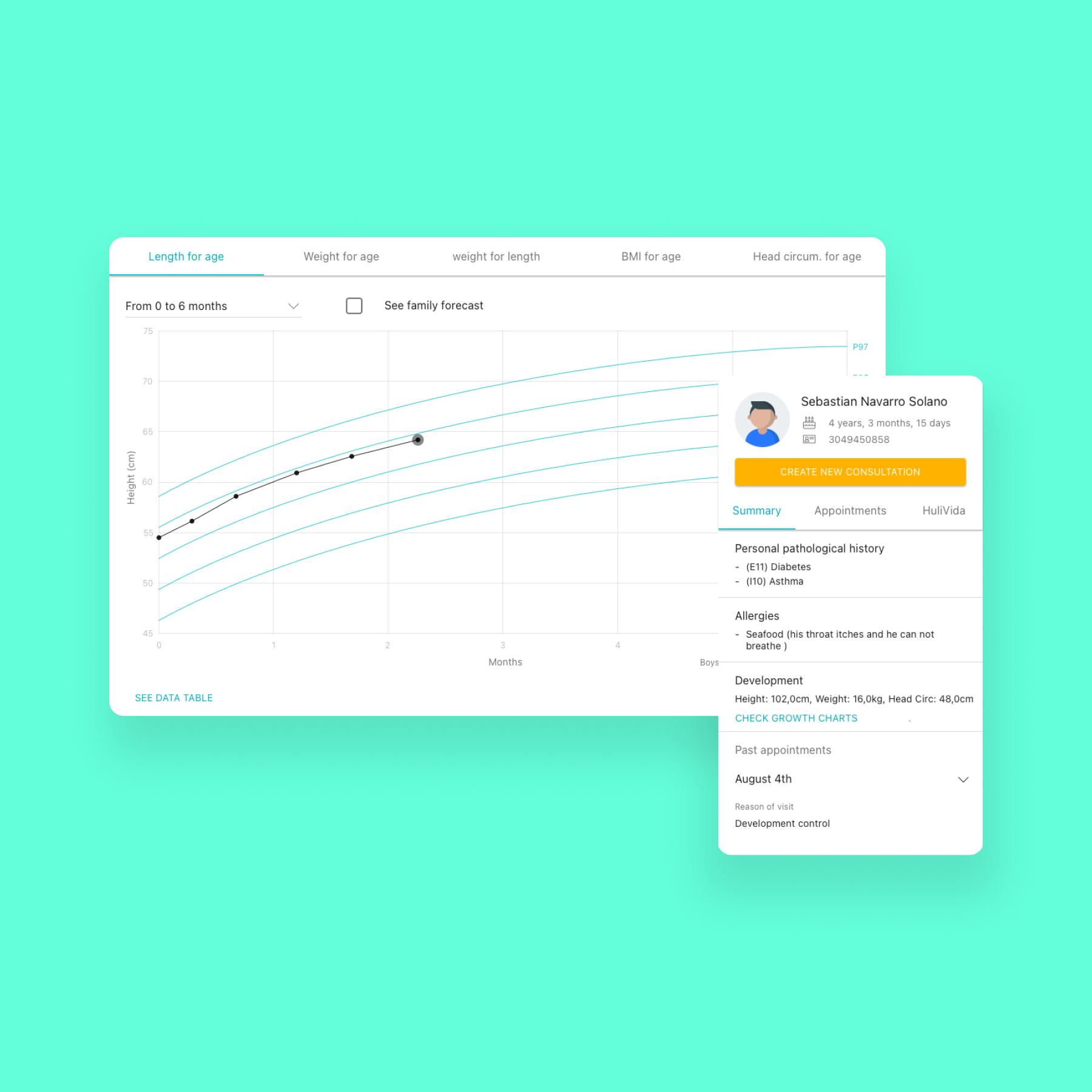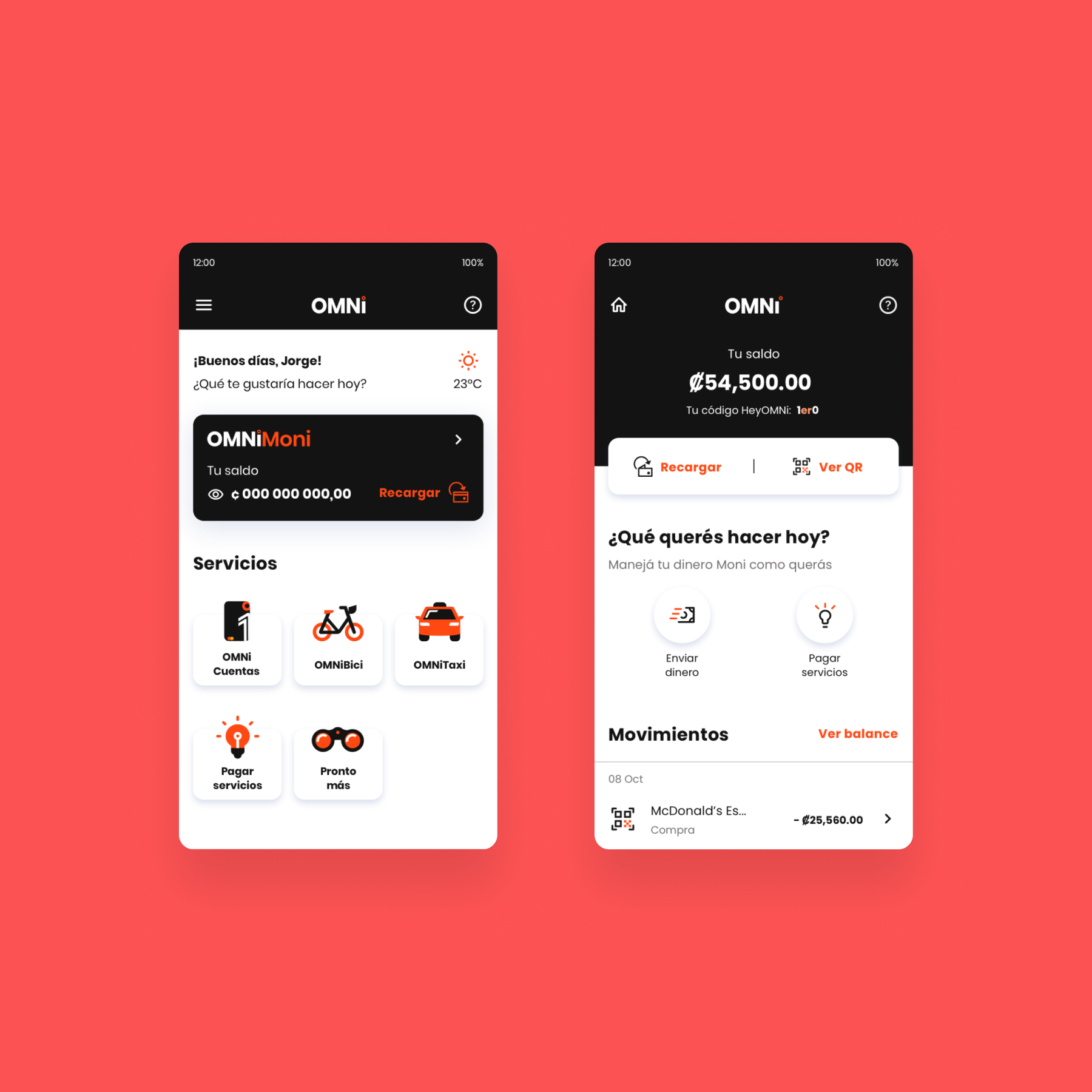In a rapidly scaling startup environment, our design team faced exponential growth, nearly doubling within weeks. This expansion presented a unique opportunity—and a challenge—to strategically distribute our team’s diverse skill sets and ensure that each designer could reach their full potential. My goal was to create a solid foundation for team cohesion and career development, while also supporting our Head of Design in establishing a structure that aligned new talent with our project needs and company goals.
Goals
Skill Assessment: Assess and document each designer’s skills, strengths, and growth areas, enabling effective project alignment.
Team Structuring: Strategically define teams based on skill distribution, creating a structure where each designer could contribute effectively and develop their abilities.
Mentoring Focus: Develop an understanding of which areas required mentoring and coaching, laying the groundwork for career path development for both new hires and existing team members.
My Role and Team
As a Design Lead, I recognized the need for a comprehensive understanding of our designers’ capabilities, I designed and implemented a self-evaluation initiative, where each designer assessed 22 key skills on a scale of 1 to 5. This project was run independently, allowing me to capture a thorough skills inventory while accommodating other project deadlines.
Approach
Self-Evaluation ToolDeveloping the self-evaluation tool with a broad yet relevant set of design skills to assess each designer comprehensively.
A Designer Self Evaluation Results
Data-Driven Insights
Conducting data analysis on evaluation results to identify skill gaps, strengths, and potential mentorship pairings.
Better Understanding of Skills to Improve
Mentorship Sessions
Setting up one-on-one mentoring and coaching sessions tailored to each designer’s development areas, helping them set short-term and long-term career goals aligned with team needs.
Challenges
Given the rapid scaling of the team, this project required efficiency and adaptability. Conducting the self-evaluation was challenging as a side project, but it allowed us to quickly gather valuable insights while balancing our ongoing project workload. However, we identified several areas for improvement, such as the need for peer evaluations to provide a more balanced view of individual skills.
Results
Skill-Aligned Team Pairings
Based on skill evaluations, we paired designers in ways that complemented each other’s strengths and growth areas. This pairing fostered a collaborative learning environment where designers could support each other and build expertise in areas they were less experienced.
Project Assignments Based on Seniority & Skills
We assigned senior designers to more urgent or critical projects, ensuring that the right level of expertise was applied to high-impact work.
Increased Team Morale and Trust
The team appreciated this initiative, feeling acknowledged and supported in their growth. This initiative showed our commitment to individual development, significantly boosting morale and reinforcing the sense that their leaders valued their skills and professional growth.
Intersection And Union Of Designers Skills, Lead Designers Skills And Head of Design
Lessons learned
Value of Peer Evaluation
We realized that peer reviews would enhance accuracy by providing a 360-degree view of skills. While self-evaluations revealed strengths, peer insights would ensure a more realistic skill assessment.
Importance of Fast Adaptation in Growing Teams
Rapid team growth requires adaptable solutions. By taking proactive steps with available resources, we could quickly establish a structured team environment without slowing down project momentum.



